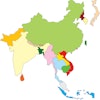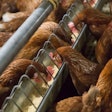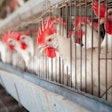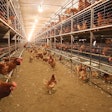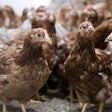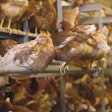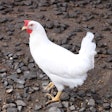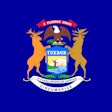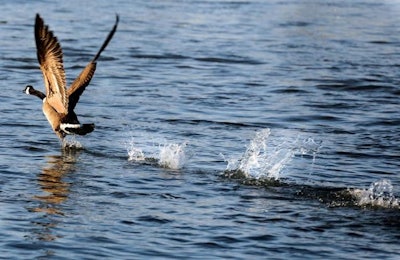
Manitoba, Canada, has its first cases of highly pathogenic avian influenza (HPAI), subtype H5N1. It was previously the last province in Canada with no known detections.
Manitoba Natural Resources and Northern Development and the Canadian Wildlife Health Cooperative (CWHC) confirmed HPAI in two wild bird samples. The confirmed cases were announced in a press release issued on April 20. The first detection was found in snow geese in Waskada and the second was from a bald eagle in Dauphin.
There are no reported outbreaks in commercial poultry flocks in Manitoba at this time.
Manitoba officials are advising flock owners to take biosecurity measures, especially smaller backyard flocks, as those are more vulnerable to infection from wild birds.
Manitoba is in the Mississippi flyway, which, as of April 2022, has the highest percentage of HPAI outbreaks in commercial flocks in the U.S. at 49%.
The CWHC has reported about 100 positive test results for HPAI across Canada. Of those tests, Nova Scotia makes up the largest percentage with 45%, Newfoundland has 16%, Prince Edward Island has 14%, New Brunswick has 10%, Manitoba has 6%, Ontario has 4%, Quebec has 3% and British Columbia and Saskatchewan each has 1%.
Other HPAI cases
Minnesota, which borders Manitoba, confirmed six new cases of HPAI on April 19, according to the Minnesota Board of Animal Health.
Alberta reported six new HPAI detections in commercial poultry flocks this past month, according to the World Organization for Animal Health and the Canadian Food Inspection Agency.
Saskatchewan also announced its first cases of HPAI in commercial flocks on April 14 and 16 after having previously only been detected in a wild goose.
British Columbia reported its first detection at a commercial flock April 13, a month after reporting its first wild bird detection in a bald eagle.
To learn more about HPAI cases in North American commercial poultry flocks, see an interactive map on WATTPoultry.com.
Read our ongoing coverage of the global avian influenza outbreak.
